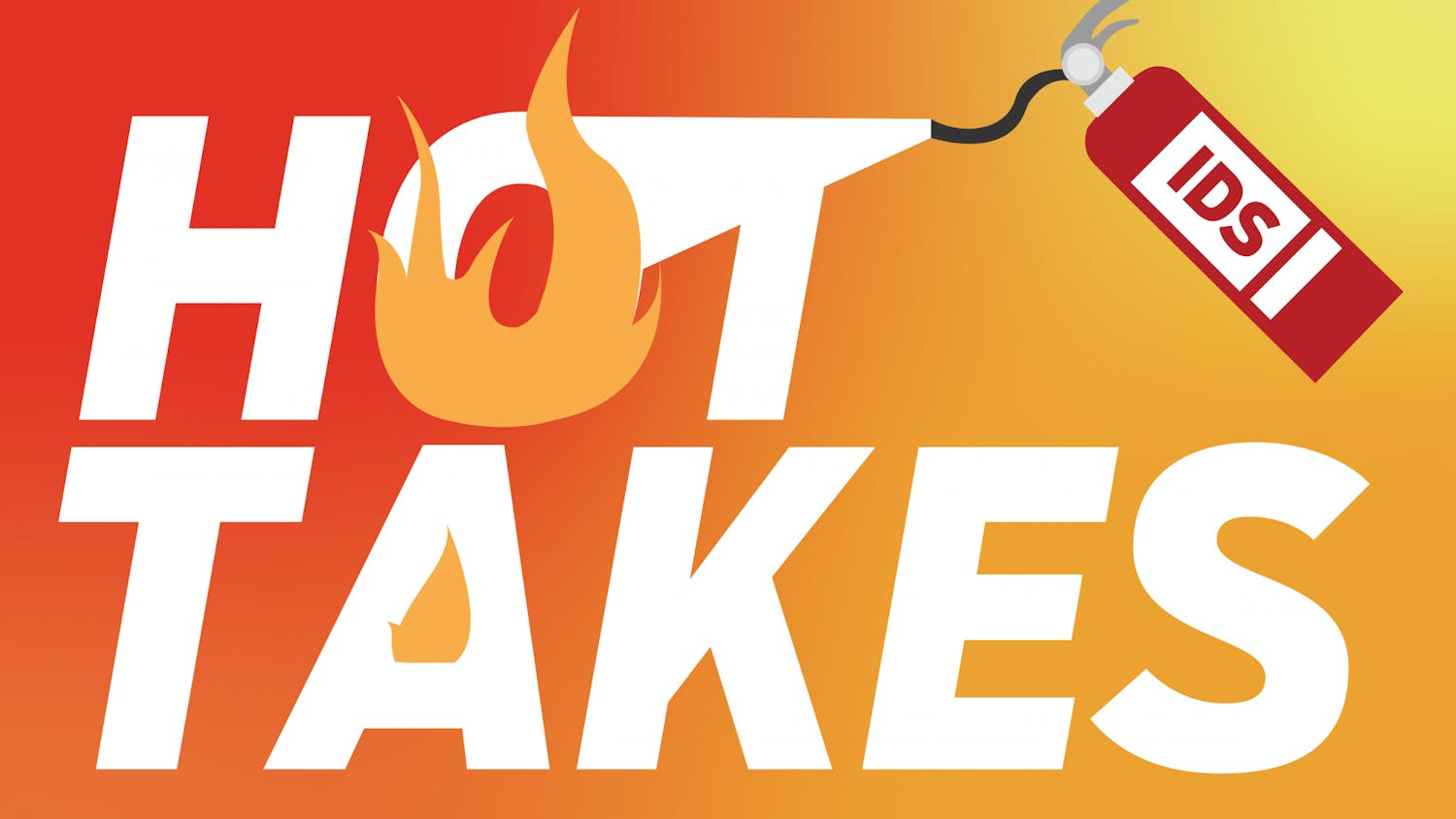Infections aren’t the only thing to have gone viral around hospitals lately. The peculiarities of hospital billings have likewise spread contagiously through social networks.
A recent Reddit post shows an itemized hospital bill for childbirth. The bill shows the latest bizarre billing phenomenon: a $40 “skin-to-skin” charge for holding one’s newborn after a C-section.
Health care professionals explain the charge accounts for the extra supervision required, given the mother’s post-C-section grogginess.
Such an explanation does not account for related complaints that have arisen over past years. Inflated hospital charges for cotton swabs and examination gloves have turned into a typical tongue-in-cheek commentary on hospital stays.
The Editorial Board thinks $53 charges for gloves are ridiculous but acknowledges that there’s a bit more going on beneath the surface.
The fundamental problem with looking at an itemized bill of health care charges is there’s a difference between charges and payments — a distinction outlined by the American Hospital Association.
A hospital can bill a certain amount for a service, but the charge does not necessarily correspond with the amount that the hospital receives. Insurance companies negotiate payments with hospitals, so the expected payment often differs from the charge detailed on an itemized bill.
What seems like inflation might just reflect the convoluted system of billing and payment, as hospitals try to bill around the complexities of insurance company policies.
Odd billing charges could, in some cases, benefit the patient by making them pay less out of pocket. Insurance companies generally pay a predetermined amount under each defined procedural category or billing code. As such, redistributing some charges under an alternative designation could elicit higher net payments from insurance.
For instance, if a hospital bills an amount under the broad category of childbirth, insurance will only pay out a certain total amount for that given procedure. Insurance also might cover a certain amount for a procedure within the childbirth process — an epidural, for example.
If the charge is distributed between these separate classifications rather than lumped under the blanket designation of childbirth, insurance may pay more of the total cost for the hospital stay.
The billing procedures for hospitals and insurance companies raise ethical questions about disclosure — namely, should the actual costs for procedures be publicly accessible to patients and other insurance companies?
The problem with price transparency is health care is a human right and does not operate under the same free-market frameworks as other industries. Patients need to receive care, regardless of their ability to pay.
As a result, insurance programs for low-income patients, such as Medicare, pay at lower rates than most privatized insurance companies, since even reduced payments help hospitals recuperate otherwise sunk costs.
As Dr. Peter Ubel sums up in an article in the Atlantic, “Whatever we do, we need to stop naïvely assuming that price transparency will function in health care the same way it does in other parts of the economy. What works for toasters won’t necessarily work for MRIs.”
An overhaul of the health care system would be ideal, but health care reform is not a simple issue of erasing random charges from hospital bills.
When looking at an itemized hospital bill gone viral, it’s important to remember that hospital stays aren’t the same as household appliances.



